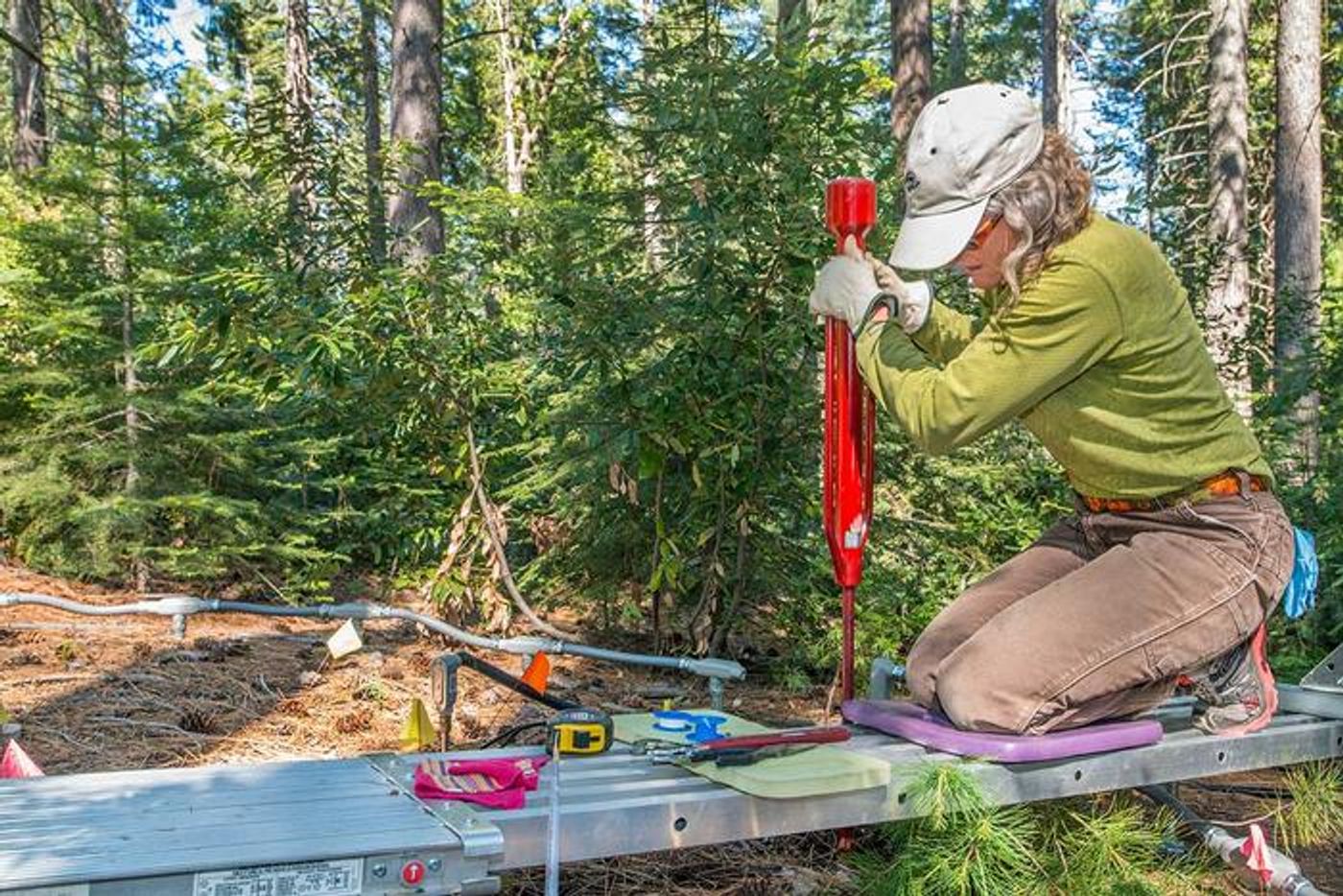Deep Soil Organic Compounds Vulnerable to Climate Change
Soil and forests have been determined to act as carbon management in the fight against climate change. However, a recent study published in Nature Geoscience examined how organic compounds within the deep soil of forests are highly susceptible to decomposition due to the very climate change they’re designed to fight.
These deep soils reside more than 8 inches underground, and their high susceptibility has been found to be caused by the increased demand for farmlands as the global population continues to increase. This profound study holds the potential to help scientists better understand how to preserve such organic compounds in soils and forests, which act as natural carbon “sinks” to reduce climate change impacts.
“Our study shows that climate change will affect all aspects of soil carbon and nutrient cycling,” said Dr. Margaret Torn, who is a senior scientist in Berkeley Lab’s Earth & Environmental Sciences Area, and a co-author on the study. “It also shows that in terms of carbon sequestration, there’s no silver bullet. If we want soil to sustain carbon sequestration in a warming world, we will need better soil management practices, which can mean minimal disturbance of soils during forest management and agriculture.”
This study builds on a 2021 study conducted by Dr. Torn and her colleagues, who demonstrated that increased global temperatures lead to a 33 percent reduction in deep forest soil carbon stocks over a five-year period.
For this most recent study, Dr. Torn and her colleagues collected soil samples from the field and analyzed them in laboratory experiments in hopes of providing a clearer picture of the impacts of climate change on deep soil. For their experiments, they used heating rods to slowly increase three-foot-deep soil plots by 7 degrees Fahrenheit, which is the estimated global temperature increase by the end of this century.
Dr. Cristina Castanha, who is a senior research associate in Berkeley Lab’s Earth and Environmental Sciences Area, is seen collecting soil samples for the study. (Credit: Roy Kaltschmidt/Berkeley Lab)
Their findings indicate that only 4.5 years of warming 12 inches of soil at 7 degrees Fahrenheit resulted in large variances in carbon stock within the soil. They also analyzed the organic compounds that were affected by the increased temperatures using spectroscopy and discovered a 17 percent decrease in lignin—which is responsible for providing rigidity to plants—along with an almost 30 percent decrease in suberin and cutin—which are responsible for the waxy texture found in stems, leaves, and roots that provide shielding for plants from pathogens. The researchers also found a drastic change in the amount of “pyrogenic carbon”, which is the result of wildfires and is currently hypothesized to act as a secure structure for carbon sequestration.
“Pyrogenic carbon can stay in the soil for decades or even centuries, but we need to understand its vulnerability to warming or to changes in land management,” said Dr. Torn. “Our study suggests that this material decomposed just as fast as anything else would when the soil was warmed. This shows that when you put material deep into soil where it’s in contact with minerals and microbes, those natural systems will decompose the material over time.”
For the next steps, the research team will be increasing their time to nine years and could also potentially be conducting grassland warming experiments at the Point Reyes National Seashore, as well.
What new discoveries will scientists make about how climate change is impacting deep soils in the coming years and decades? Only time will tell, and this is why we science!
Sources: Greenly, Nature Geoscience, Berkeley Lab, Berkeley Lab (1), ScienceDirect, Frontiers, National Park Service
As always, keep doing science & keep looking up!









